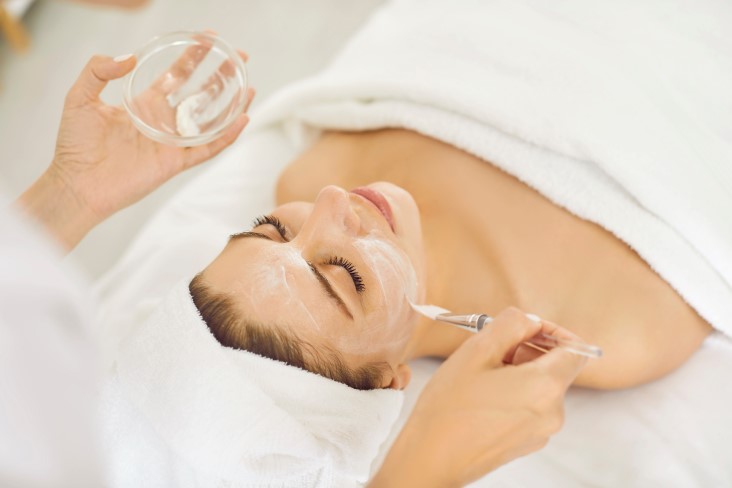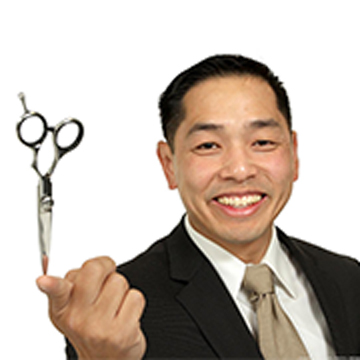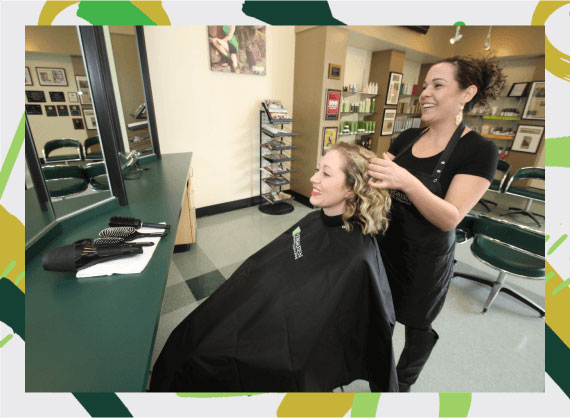The Steps You Need to Become an Esthetician

Friends Stock – stock.adobe.com
If you’re thinking about moving into the cosmetology or wellness industry, it’s possible that you might want to become a licensed esthetician. Estheticians are a critical element of the beauty industry, focusing primarily on skincare and skin-related health, including makeup applications and managing skin conditions. If you’re thinking about moving into an esthetician career, here are the six steps you’ll need to take.
Step 1: Learn about the job
First of all, you may want to know what an esthetician even does. Read up on esthetics programs and discussions with skin care professionals about what their job entails, and learn more about what you might be able to do with a professional license.
Step 2: Have your prerequisites accomplished
Most of the time, you don’t need any practical training as a prerequisite for becoming an esthetician. However, you usually do need either a high school diploma or an equivalent, such as a GED. You’ll also usually need to be at least 18.
Step 3: Apply for an accredited training program
There are many esthetician schools out there, and finding the right esthetician program can be complicated. You want to look for a program with lots of hands-on training, setting you up for a rewarding career in esthetics. While accreditation is not absolutely necessary, only accredited programs can offer federal financial aid, which can be important if you’re not able to pay for your schooling by yourself.
Once you apply, you’ll usually have to fill out an application, pay a registration fee, and provide a valid photo ID and copies of your high school transcripts or GED information. You may also have to pass an entrance exam or complete a live interview; talk to the school you’re thinking about attending to learn more about their specific application steps.
Step 4: Earn a certificate
By going through the esthetics school of your choice, you’ll be able to earn a certificate. The certification process usually requires you to complete a number of courses on important elements in the skincare industry, which may include physiology, esthetician theory, skin analysis, color theory, safety, nutrition, anatomy, facial treatments, and sanitation. Some schools also offer classes on high-quality business practices, such as business management, time management skills, and other general business skills.
Step 5: Obtain a license
Once you’ve gone through the esthetics program of your choice, you’ll then be able to apply for your esthetician license. This license typically requires a certificate from an esthetician training program and a certain number of hours of training, and you’ll need to take a licensing exam and pay exam fees as well. You’ll be able to submit the license to your state’s Board of Cosmetology, allowing you to become a licensed professional and start looking for a job.
Step 6: Apply for a job
Congratulations! You’re officially a licensed esthetician at this point. Now, you’ll need to find a job where you can use those skills. There are a variety of settings where you might be able to provide esthetic procedures: cruise ships, spas providing skin treatments, medical settings, and even your own esthetician business, although this would require a business license and other considerations.
Start your journey toward esthetics today

Studio Romantic – istockphoto.com
If this seems like the kind of thing you’d be interested in doing, you might want to follow your passion for skincare into an esthetics career. There are lots of ways to move into a successful career in esthetics, and the first step is to go through your education requirements. Schedule a tour with Evergreen Beauty College to learn more about how you can train to provide esthetic services yourself.
FAQs: Becoming an Esthetician
Do I need a license to be an esthetician?
While not all states may have this as a legal requirement, the beauty industry will generally require that you have an esthetician license before you start working. Licensing requirements allow hiring managers to be sure that you’ve gone through a specific number of training hours and a practical exam before you’re allowed to work on their clients.
What kind of services do estheticians provide?
Estheticians can provide all sorts of useful services to clients. This may include laser treatments, skin analysis, chemical and laser hair removal, and more. In some situations, you may also be able to work alongside medical professionals, like plastic surgeons and experts in dermatology clinics.
Will I need additional training after esthetician training?
It depends on the type of job you’re interested in. Medical esthetics, for example, will often require specialized training. However, if you’re just hoping to offer anti-aging treatments and other facial treatments alongside medical estheticians, you probably won’t need additional training. Look into advanced training once you’ve decided on the job you’re most interested in.




